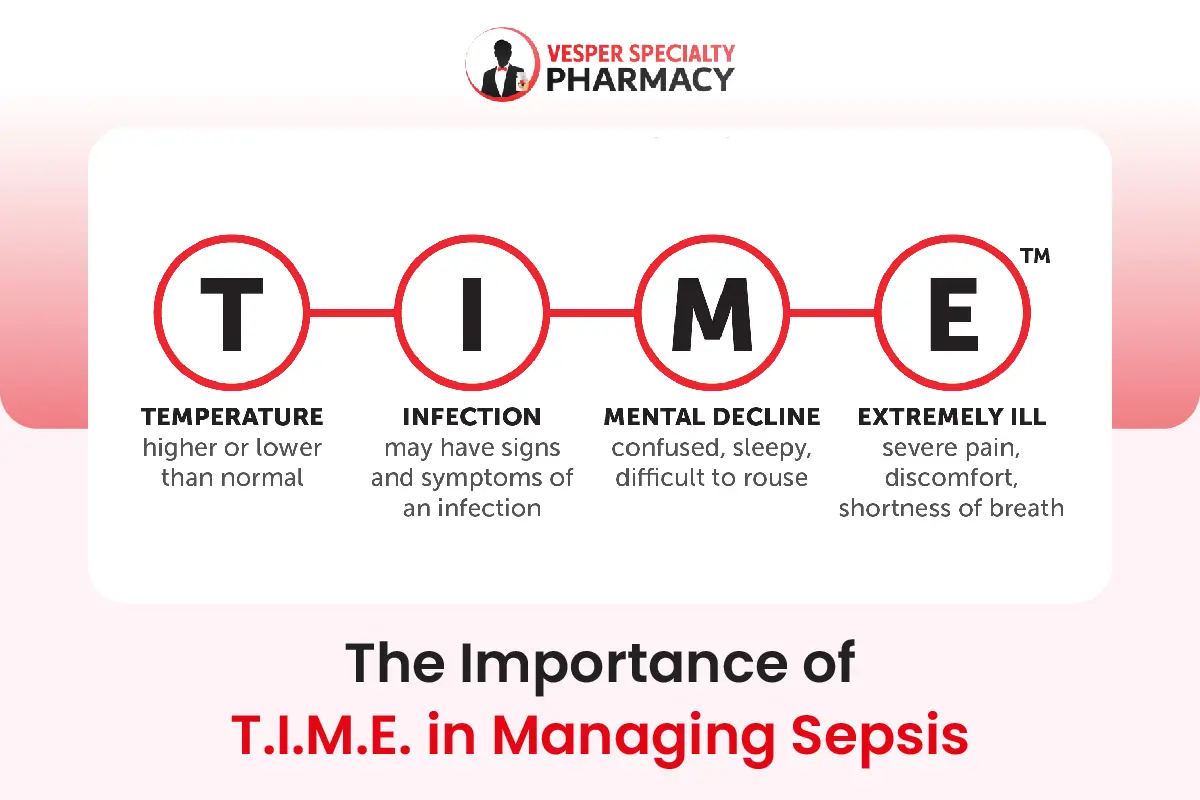Calcium is a fundamental mineral crucial for maintaining overall health and well-being. From supporting strong bones and teeth to aiding in muscle function and nerve transmission, its role in the body cannot be overstated. However, despite its importance, many individuals fall short of meeting their daily calcium requirements, leading to a prevalence of calcium deficiency in various populations worldwide.
Table of Contents
Recommended Daily Intake Based on Age and Gender
The amount of calcium needed varies depending on factors such as age and gender. Generally, the recommended daily intake of calcium is as follows:
- Adults aged 19-50: 1000 milligrams per day
- Women aged 51 and older: 1200 milligrams per day
- Men aged 51-70: 1000 milligrams per day
- Men aged 71 and older: 1200 milligrams per day
These recommendations ensure that individuals maintain optimal bone health and support various bodily functions.
Dietary Sources of Calcium
Dairy Products
Dairy foods like milk, yogurt, and cheese are well-known for their high calcium content. A single serving of milk or yogurt can provide a significant portion of your daily calcium needs.
Non-Dairy Sources
For those who are lactose intolerant or prefer non-dairy options, there are plenty of calcium-rich alternatives. Leafy greens such as kale, spinach, and collard greens are excellent sources of calcium. Additionally, certain fortified foods like tofu, orange juice, and cereals can contribute to your calcium intake.
Factors Affecting Calcium Absorption
Vitamin D
Vitamin D plays a crucial role in calcium absorption. Without adequate vitamin D levels, your body may struggle to absorb calcium efficiently. Exposure to sunlight and consumption of vitamin D-rich foods such as fatty fish, eggs, and fortified dairy products can help maintain optimal vitamin D levels.
Phytic Acid and Oxalates
Certain compounds found in plant foods, such as phytic acid and oxalates, can inhibit calcium absorption. While these foods are still beneficial for overall health, it’s important to balance them with other calcium-rich sources to ensure adequate absorption.
Age and Hormonal Factors
As we age, our bodies may become less efficient at absorbing calcium. Additionally, hormonal changes, such as those experienced during pregnancy or menopause, can affect calcium absorption rates. Therefore, individuals in these life stages may need to pay extra attention to their calcium intake to meet their needs.
Importance of Tracking Calcium Consumption
Tracking your calcium consumption is essential for several reasons. Firstly, it allows you to ensure that you’re meeting your daily recommended intake, helping to maintain strong bones and support overall health. By keeping track of your calcium intake, you can identify any deficiencies or excesses and make necessary adjustments to your diet.
Moreover, tracking calcium consumption can provide valuable insights into your overall dietary habits. It allows you to assess whether you’re consuming a balanced diet rich in calcium-containing foods or if there are areas where improvements can be made.
This awareness empowers you to make informed choices about your food and beverage selections to better support your health and well-being.
Methods to Calculate Daily Calcium Intake
There are several methods available to calculate your daily calcium intake:
Food Diary
Keeping a food diary where you record everything you eat and drink can help you estimate your daily calcium intake. Make sure to include all sources of calcium, including dairy products, leafy greens, fortified foods, and supplements.
Nutrition Apps
Utilizing nutrition-tracking apps or websites can streamline the process of calculating your calcium intake. These tools often provide databases of food items and their nutrient content, allowing you to easily log your meals and track your calcium consumption.
Consulting a Registered Dietitian
If you’re unsure about how to accurately calculate your calcium intake or have specific dietary concerns, consulting a registered dietitian can provide personalized guidance. A dietitian can help you assess your current intake, identify areas for improvement, and develop a customized plan to meet your calcium needs.
Signs of Calcium Deficiency
Recognizing the signs of calcium deficiency is crucial for addressing potential inadequacies in your diet. Common symptoms of calcium deficiency may include:
- Weak or brittle nails
- Muscle cramps or spasms
- Tooth decay or weakened enamel
- Bone fractures or osteoporosis
- Numbness or tingling in the extremities
If you experience any of these symptoms or suspect you may be deficient in calcium, it’s important to consult with a healthcare professional for proper evaluation and guidance.
By assessing your calcium intake through tracking methods and being aware of potential signs of deficiency, you can take proactive steps to ensure you’re meeting your body’s calcium needs for optimal health and well-being.
Risks of Inadequate Calcium Intake
Addressing inadequate calcium intake is essential not only for maintaining strong bones but also for supporting overall health and reducing the risk of associated health complications. By prioritizing calcium-rich foods and adopting healthy lifestyle habits, individuals can take proactive steps to safeguard their long-term well-being.
Impact on Bone Health
Calcium is a primary building block for bones, playing a crucial role in maintaining their strength and density. When calcium intake is insufficient, the body may withdraw calcium from the bones to meet other physiological needs, leading to weakened bones and an increased risk of fractures. Over time, inadequate calcium intake can contribute to conditions such as osteopenia and osteoporosis, compromising bone health and increasing susceptibility to injuries.
Increased Risk of Osteoporosis
Osteoporosis is a progressive bone disease characterized by a decrease in bone density and an increased risk of fractures. Inadequate calcium intake is one of the leading risk factors for developing osteoporosis, particularly among older adults.
Without sufficient calcium to support bone remodeling and repair, bones become fragile and prone to fractures, significantly impacting quality of life and independence.
Potential for Other Health Complications
In addition to its critical role in bone health, calcium is involved in numerous other physiological processes throughout the body. A deficiency in calcium can have far-reaching consequences beyond bone health, potentially leading to various health complications. These may include:
- Muscle cramps and spasms due to impaired muscle function
- Increased risk of cardiovascular disease, as calcium is involved in regulating blood pressure and heart rhythm
- Impaired nerve function, resulting in tingling sensations or numbness
- Dental problems, such as weakened tooth enamel and increased susceptibility to cavities
Tips for Boosting Calcium Absorption
Incorporating these tips into your dietary habits can help enhance calcium absorption and ensure that you’re maximizing the benefits of this essential mineral for your overall health and well-being. By combining calcium-rich foods with vitamin D sources, being mindful of inhibitory compounds, and considering supplements when necessary, you can take proactive steps to support optimal calcium absorption and maintain strong bones and overall health.
Incorporating Vitamin D-Rich Foods into Your Diet
Vitamin D plays a crucial role in calcium absorption, as it helps facilitate the transport of calcium from the intestines into the bloodstream. Incorporating vitamin D-rich foods into your diet can help optimize calcium absorption.
Some excellent sources of vitamin D include fatty fish like salmon and mackerel, egg yolks, fortified dairy products, and fortified plant-based milk alternatives. Additionally, spending time outdoors in sunlight can stimulate the body’s natural production of vitamin D.
Pairing Calcium-Rich Foods with Foods Low in Oxalates and Phytic Acid
Certain compounds found in plant foods, such as oxalates and phytic acid, can bind to calcium and inhibit its absorption. To enhance calcium absorption, consider pairing calcium-rich foods with foods that are low in oxalates and phytic acid.
For example, if you’re enjoying a spinach salad (which contains oxalates), consider adding some sliced almonds (low in oxalates) or pairing it with a calcium-fortified tofu stir-fry. By combining calcium-rich foods with those that have lower levels of inhibitory compounds, you can maximize your body’s absorption of calcium.
Supplements as a Last Resort
While obtaining calcium from food sources is generally preferred, supplements can be a convenient option for individuals who struggle to meet their calcium needs through diet alone. However, supplements should be viewed as a last resort and used under the guidance of a healthcare professional.
When selecting a calcium supplement, opt for forms that are easily absorbed by the body, such as calcium citrate or calcium carbonate. Additionally, be mindful of the dosage and aim to meet but not exceed your daily calcium requirements, as excessive intake can have adverse effects.
Lifestyle Changes to Ensure Adequate Calcium Intake
By creating an environment that supports calcium intake and making small, sustainable changes to your lifestyle, you can take proactive steps to ensure that you’re meeting your calcium needs and promoting optimal bone health for years to come.
Meal Planning Tips for Calcium-Rich Meals
Incorporating calcium-rich foods into your meals is key to ensuring you meet your daily calcium needs. Here are some meal-planning tips to help you boost your calcium intake:
- Start your day with a calcium-rich breakfast by enjoying a bowl of fortified cereal with milk or yogurt topped with fresh fruit.
- Incorporate leafy greens like kale, spinach, and collard greens into salads, soups, and stir-fries.
- Choose calcium-fortified foods such as tofu, orange juice, and plant-based milk alternatives to add variety to your diet.
- Include dairy products like yogurt, cheese, and cottage cheese as snacks or in main dishes like pasta or casseroles.
By planning meals that include a variety of calcium-rich foods, you can ensure that you’re getting the nutrients your body needs to support bone health and overall well-being.
Importance of Weight-Bearing Exercises for Bone Health
In addition to a calcium-rich diet, engaging in regular weight-bearing exercises is essential for maintaining strong and healthy bones. Weight-bearing exercises, such as walking, jogging, dancing, and strength training, help stimulate bone growth and increase bone density.
Incorporating these types of exercises into your weekly routine can help prevent bone loss and reduce the risk of osteoporosis. Aim for at least 30 minutes of weight-bearing exercise most days of the week to reap the benefits for your bone health.
Creating a Supportive Environment for Calcium Intake
Creating a supportive environment that promotes calcium intake involves making conscious choices to prioritize calcium-rich foods and limiting factors that may interfere with calcium absorption. Here are some strategies to consider:
- Reduce consumption of soda and other carbonated beverages, which can leach calcium from the bones and contribute to calcium loss.
- Opt for water, milk, or calcium-fortified beverages as healthier alternatives to soda.
- Keep calcium-rich snacks like yogurt, cheese sticks, and nuts readily available for convenient and nutritious snacking.
- Encourage family members or housemates to join you in adopting calcium-rich dietary habits and engaging in regular physical activity to support bone health together.
Conclusion
Prioritizing your calcium intake is a simple yet powerful way to invest in your long-term health and well-being. Whether through dietary modifications, regular physical activity, or mindful supplementation when necessary, there are numerous strategies you can employ to ensure that you’re meeting your calcium needs.
I encourage you to take action today by incorporating more calcium-rich foods into your diet, engaging in weight-bearing exercises, and creating a supportive environment that fosters healthy habits.














